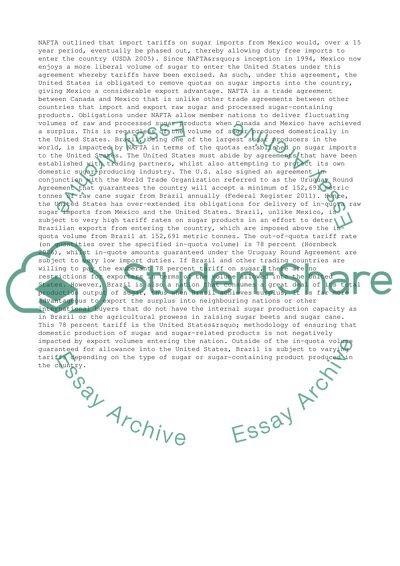Cite this document
(“Trade and Other Barriers of the US and EU Governments Essay”, n.d.)
Trade and Other Barriers of the US and EU Governments Essay. Retrieved from https://studentshare.org/business/1480720-trade-and-other-barriers-that-both-us-and-eu
Trade and Other Barriers of the US and EU Governments Essay. Retrieved from https://studentshare.org/business/1480720-trade-and-other-barriers-that-both-us-and-eu
(Trade and Other Barriers of the US and EU Governments Essay)
Trade and Other Barriers of the US and EU Governments Essay. https://studentshare.org/business/1480720-trade-and-other-barriers-that-both-us-and-eu.
Trade and Other Barriers of the US and EU Governments Essay. https://studentshare.org/business/1480720-trade-and-other-barriers-that-both-us-and-eu.
“Trade and Other Barriers of the US and EU Governments Essay”, n.d. https://studentshare.org/business/1480720-trade-and-other-barriers-that-both-us-and-eu.


